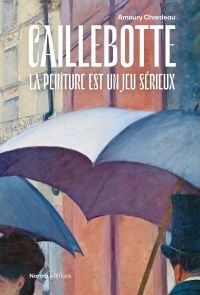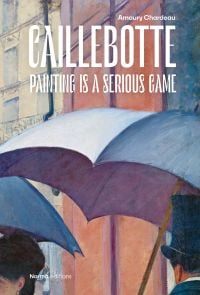
In a desire to produce a new, authentic form of art, Caillebotte took his subjects from his surroundings (Haussmann’s Paris, the country houses around the capital), his male acquaintances (his brothers, the workers employed by his family, his boating friends), and ultimately from his own life. In response to the realist movement, he introduced new figures into his paintings: an urban worker, a man on a balcony, a sportsman, and even an intimate portrait of a male nude at his ‘toilette’. In an era when virility and republican fraternity prevailed, but traditional masculinity was also in crisis for the first time, these new, powerful images challenged the established order, both social and sexual. Beyond his own identity – that of a young rich Parisian bachelor – Caillebotte also brought profound questions into the male condition at the heart of Impressionism and Modernism.
This project was inspired by the recent acquisition of two of Caillebotte’s major works, by the J.Paul Getty Museum (Young Man at His Window) and the Musée d’Orsay (A Boating Party), and centers around a masterpiece from this artist, Paris Street; Rainy Day, on loan from the Art Institute of Chicago. The exhibition, which presents around 70 pieces, includes Caillebotte’s most important paintings of people, as well as pastels, sketches, photographs, and documents.
This event is being organized in the year of the 130th anniversary of the artist’s death (1894), which is also the date when his outstanding collection of Impressionist paintings was bequeathed to the French government. To mark the occasion, the entire bequest will be on show in a temporary exhibition in one of the museum’s permanent galleries, reproducing the 1897 opening of the “Caillebotte Gallery” at the Musée du Luxembourg. This is one of a long series of exhibitions, beginning with a major retrospective in 1994-1995 (Paris, Chicago), which have allowed the public to reconnect with Gustave Caillebotte (1848-1894) and have shed light on certain aspects of his work: the Yerres period, the connection between his paintings and photography, and his passion for garden design, amongst others.
